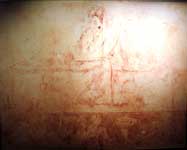.
Manolis Andronikos (Greek: Μανόλης Ανδρόνικος) was a Greek archaeologist and a professor at the Aristotle University of Thessaloniki. He was born on October 23, 1919 at Bursa (Greek: Προύσα). Later, his family moved to Thessaloniki.
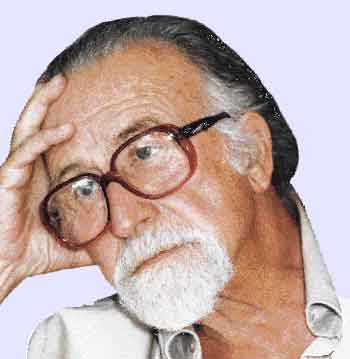
He studied philosophy at the Aristotle University of Thessaloniki and in 1952 became a professor of Classical Archeology at the Aristotle University of Thessaloniki. Later he continued his studies at Oxford University with the famous professor Sir John D. Beazley (1954–1955). He came back to the Aristotle University of Thessaloniki in 1957 where he taught Archeology first as instructor and later (1964) as professor.
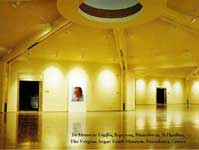
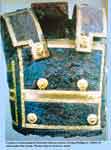
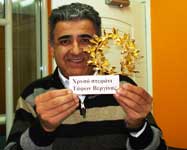

Thorax Armor of King Phillip II , Vergina, golden wreath, Vergina, Silver urn with golden wreath,
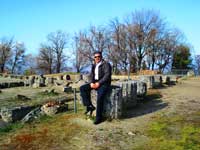
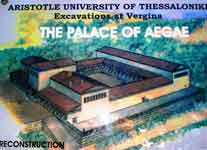
Vergina , Aegae. The Palace of Philipp the II, Father of Alexander the Great., Reconstruction, Palace of Aegae, King Philipp II
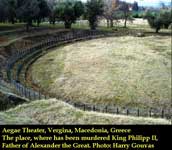
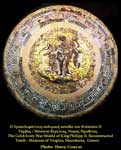
Aeage Theater Vergina, War Shield of King Phillip II,
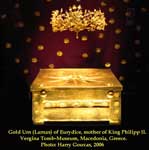

Gold Urn of Eurydice, Mother of Phillip II, Vergina Gold Chaplet,

He was married to Olympia Kakoulidou and loved reading poetry, especially Palamas, Seferis and Elitis. He was the founder of a local cultural group named Art (Greek: Η τέχνη).
Manolis Andronikos conducted archaeological research in Veroia, Naousa, Kilkis, Chalkidiki and Thessaloniki, but his main research was done in Vergina. The greatest moment of his life took place on November 8, 1977, when he made one of the most important archaeological discoveries of the 20th century: he found what may be the tomb of Philip II of Macedon at Vergina in the prefecture of Imathia. The tomb he identified as Philip's was unplundered and contained many invaluable items, such as the Golden Larnax (Greek: Χρυσή Λάρνακα). The finds from this tomb were later included in the travelling exhibit "The Search for Alexander" displayed at four cities in the United States from 1980 to 1982. While the discovery is of great archeological importance, the identification of the tomb with Philip has been and still is strongly disputed. Ironically enough however, if the so-called "Philip's Tomb" is not in fact Philip's, it is likely that another of the tombs found in the same complex, though looted and therefore at the time of discovery less exciting, may the real Philip's Tomb. And it has even been suggested in the latter scenario, that as the so-called "Philip's Tomb" would therefore postdate Philip's death, that it may contain personal items belonging to Alexander the Great, making Andronikos' discovery possibly even more exciting than he himself realized. The dating of the tomb about two decades after Philip's death based on the pottery found in it is unanimously considered valid and the tomb must be disassociated from Alexander's father.
He was a member of the Archaeological Council (1964–1965), the Athens Archaeological Association, the Macedonian Studies Association, the Association Internationale des Critiques d' Art and the German Archaeological Institution at Berlin. He lived permanently in Thessaloniki on Papafi Street and died on March 30, 1992.
| Ancient Greece
Science, Technology , Medicine , Warfare, , Biographies , Life , Cities/Places/Maps , Arts , Literature , Philosophy ,Olympics, Mythology , History , Images Medieval Greece / Byzantine Empire Science, Technology, Arts, , Warfare , Literature, Biographies, Icons, History Modern Greece Cities, Islands, Regions, Fauna/Flora ,Biographies , History , Warfare, Science/Technology, Literature, Music , Arts , Film/Actors , Sport , Fashion --- |
From Wikipedia, All text is available under the terms of the GNU Free Documentation License

